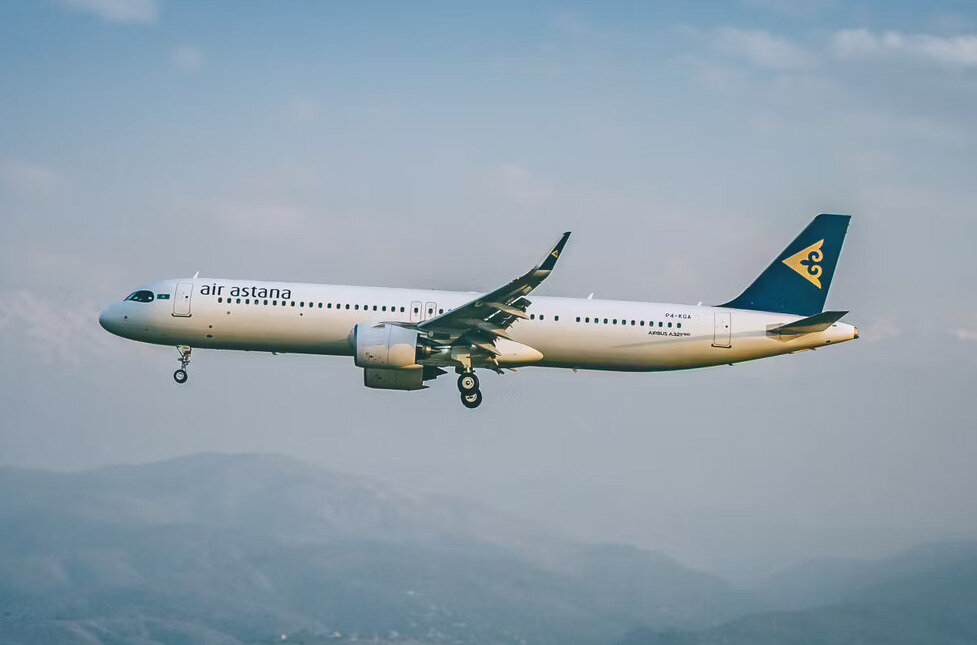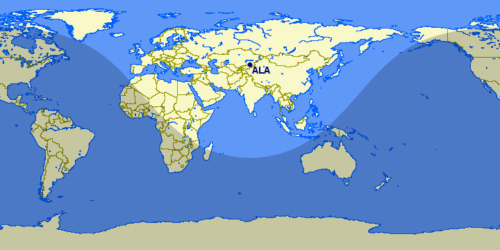The odd story of why BAE Systems will make a huge profit when Kazakhstan’s Air Astana floats
Links on Head for Points may support the site by paying a commission. See here for all partner links.
Earlier this month it was reported that Kazakhstan national airline Air Astana may float on the London Stock Exchange in 2024.
Listing in London would give Air Astana access to a broader investor base than a local IPO, but there is another reason to choose London.
Weirdly BAE Systems, the UK defence contractor, owns 49% of the airline. Samruk-Kazyna, the Kazhak sovereign wealth fund, owns the rest.
Why does BAE Systems own 49% of a state airline?
Why, you ask, does BAE Systems own a large stake in a niche foreign airline? The company’s bread and butter is building warships, fighter jets and submarines – not commercial airlines. It’s an odd story and one suited for a news-free New Year’s Eve …..
In 2001, BAE Systems wanted to sell its radar systems to the Kazakh military. As a sweetener, they agreed to co-fund the launch of a new Kazakh Airline called Air Astana, which launched flights in 2001.
The investment – about £6.5 million, not much given the vast sums required to purchase aircraft – gave BAE Systems a 49% stake in the airline, which it has maintained to this day.
Ironically, those radar systems never got sold. The deal fell apart under pressure from Russia which presumably wanted to sell its own gear to the former Soviet country.
It was a good deal though ….
Nonetheless, it seems the investment was a sound one; it now sits on BAE System’s books at a valuation of £63 million. It is likely to make a much larger gain, however.
Over the first nine months of 2023, Air Astana reported an operating profit of $129 million and EBITDAR of $250 million on revenue up 20% to $900 million. Average load factor was 84%.
In fact, according to Bloomberg, some are hoping that the IPO will value Air Astana at around $1 billion, significantly raising the value of BAE’s stake.
The airline has doubled in size since before the pandemic and Peter Foster, its British CEO, thinks it can double again in the next four years.
What is the secret of Air Astana’s success?
Other airline startups can only dream of Air Astana’s sustainable (and profitable) growth. The airline operates a virtually all single-aisle fleet of 46 aircraft based around the A320 and A321s, with just three widebody Boeing 767 aircraft for longer routes.
That’s an advantage in some ways, because single aisle aircraft are much cheaper to operate. It has taken advantage of the A321LR (the LR stands for ‘Long Range’) which allows it to operate routes up to 4,000nm from Almaty, including all of Europe, Asia and North Africa, ie:
In an interview with Simple Flying, Foster also said the new A321LRs burn less than half of the fuel of the Boeing 757s the airline previously operated.
The longest routes Air Astana operates are to London and Frankfurt, approximately 3,500nm and below. The A321LRs have been kitted out with a ‘proper’ staggered business class seat alternating between 2-2 and 1-1 rows.
From the UK, Air Astana flies four times weekly to Almaty (five in the summer) on Tuesdays, Thursdays, Saturdays and Sundays. Flights depart Heathrow around 17:20 and arrive in Almaty at 09:10 the following day.
Since the war in Ukraine, flights now operate via a refuelling stop in Aktau. If you want to get off in Aktau you can – anyone heading to Almaty stays on the plane.
Conclusion
There’s your New Year’s Eve tale for 2023 …. the story of how a UK defence contractor ended up with a huge and now hugely valuable stake in a state airline.
If the float does go ahead in London as planned next year, you will get your own chance to buy a stake in Air Astana.











Comments (41)